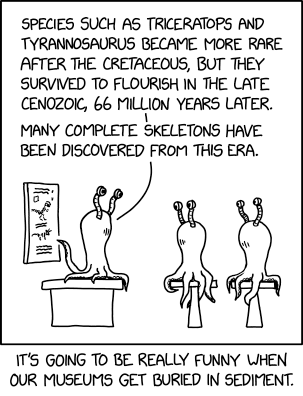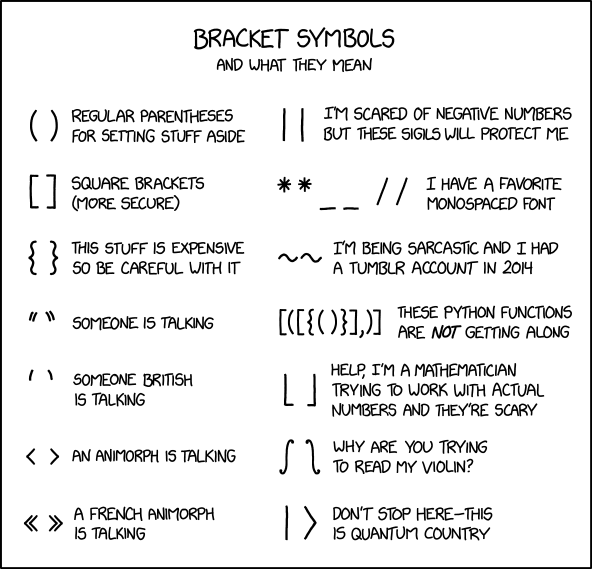
It is the first time that a FLF (frégate légère furtive – stealth light frigate) will conduct continuous operations off France’s Western coast coast. The first-in-class ship, La Fayette, is one of the three vessels that have been upgraded with new systems.
According to the Marine Nationale, the frigate will be dedicated to patrolling, surveillance:
“Maritime defense, surveillance of maritime space, policing on the high seas – the La Fayette frigate will be carrying out these missions all summer long in the Atlantic Ocean.”
The move is also significant because the four Le Triomphant-class SSBNs (ensuring France’s sea-based nuclear deterrent) are also based bear Brest. Thanks to their sonar upgrade, the FLF will now be able to secure the underwater approaches for SSBN movements in and out of the area.
This temporary change is explained due to ageing D’Estienne d’Orves-class patrol ships (also known as Avisos or PHM) which are gradually decommissioned, and which are originally dedicated to these missions. Another factor is the delay in the induction of France’s new generation of frigates, the new FDI.
“At the end of the summer, in order to continue our Atlantic missions, a La Fayette-class frigate will take over from the PHM offshore patrol vessels. These long-planned temporary locations will enable us to reinforce our resources on the Atlantic seaboard for short periods, pending the arrival of new OPV”.
Marine Nationale
It is understood that La Fayette-class ships will alternate until the arrival of the new class of OPVs with the Patrouilleur Hauturiers program and the FDI program.
The first FDI ‘Amiral Ronarc’h’ sea trials will start from September and should last about 1 year and be delivered by end of 2025. As for the first OPV, it is scheduled to arrive in 2026.
About Patrouilleur Hauturier OPVs

The 2024-2030 French military planning law calls for ten new generation OPVs to be in service by 2035, with a first delivery planned for 2026. These OPVs will replace the venerable Avisos (known as PHM in the French Navy) based in Brest and Toulon, as well as the Flamant-class patrol vessels (PSP) based in Cherbourg.
The French defense procurement agency (DGA) ordered on 17 November 2023 seven OPVs out of ten.
The Patrouilleurs Hauturiers OPVs will have a displacement of about 2,400 tons. As previously reported by Naval News, the initial requirements called for a displacement of around 2,000 tons. The vessels can accommodate up to 84 personnel (crew + passengers) and have a range of 6,000 nautical miles. They will accommodate the next generation RHIBs of the French Navy (EDO 4G and ETRACO NG) and HIL / Guépard Marine (H160M) helicopter. The panoramic bridge offers a 360° view on the surroundings of the vessel.
The vessels will feature modern sensors such as the Bluewatcher hull mounted sonar, NS50 surveillance radar and IFF – friend/enemy identification system. They are also expected to be fitted with the new Rapidfire naval gun system by Nexter and Thales. Naval Group will supply the SETIS-C combat management system and the Shipmaster surface ship automated operating system.
About Lafayette-class upgrade
The post French frigate ‘La Fayette’ reinforces the Fleet in the Atlantic appeared first on Naval News.
A new mechanism capable of reloading the U.S. Navy’s vertical launching system (VLS) cells while underway at sea completed its first ground-based test at Naval Surface Warfare Center Port Hueneme Division last week.
In 2023, Secretary of the Navy (SECNAV) Carlos Del Toro said in his speech at the American Society of Naval Engineers Combat Systems Symposium 2023 that reloading at sea was a “main priority.” His remarks also included the first mention of the Transferrable Rearming Mechanism (TRAM), a 20-year-old concept declared to be the most feasible to allow ships to reload their missile cells while underway. While the service used strike-down cranes on Ticonderoga-class cruisers and early Arleigh Burke-class destroyers, these cranes were deemed impractical and dangerous due to relative motion issues.
Through TRAM, the Navy looks to overcome these issues. Rich Hadley, Director of the NSWC Port Hueneme Underway Replenishment Division, stated in a press release of the test that “by solving key relative motion challenges, TRAM is a capability enabling reloading operations while underway in significant sea states, TRAM will greatly expand the fleet’s logistical flexibility, resilience, as well as volume and tempo of long-range fires.”
The Navy has traditionally conducted VLS reloading pier side with cranes, requiring warships to return to port for extended periods to replenish missiles. With lessons from the Red Sea and concerns about great power competition in the Indo-Pacific, the need to reload missiles underway has only increased since the inception of the concept in 2022. Movement on the system’s development has also been fast, with the testing facility at NSWC Port Hueneme appearing in Dec. 2023.
“This demonstration that you superbly delivered on the Secretary’s aggressive timeline sends a powerful message. This revolution in surface warfare will make our existing fleet even more formidable, both in sustained forward presence and lethality—and will create a powerful new near-term deterrent that will disrupt the strategic calculus of our adversaries.”
Steve Brock, Senior Advisor to the Secretary of the Navy,

While the specifics of TRAM are not yet known, statements from SECNAV and images of the ground-based testing facility at NSWC Port Hueneme indicate that the system involves the transfer of missiles from a supply vessel to the warship. According to Hadley, TRAM will “allow our ships to reload missiles just like they refuel—using connected underway replenishment, steaming at speed and in open ocean.” Unlike the old strike-down crane, missile canisters appear to be secured to the crane during the reloading process.
Naval Sea Systems Command guided sailors from USS Chosin (CG-65) and the Expeditionary Reload Company during the test, which reportedly involved “real-time analytics and in situ monitoring through instrumentation.” While the system has yet to complete its at-sea test, which is set to occur in the fall, data collected from this test will be used to inform its future trial.
The post U.S. Navy Ground Tests Underway VLS Reloading Mechanism appeared first on Naval News.



